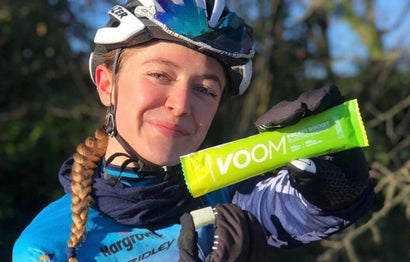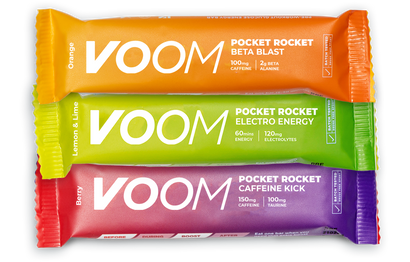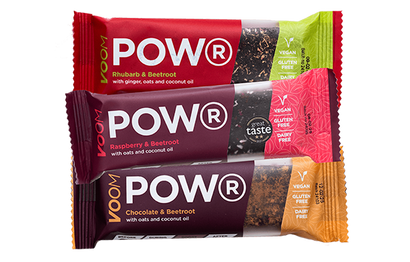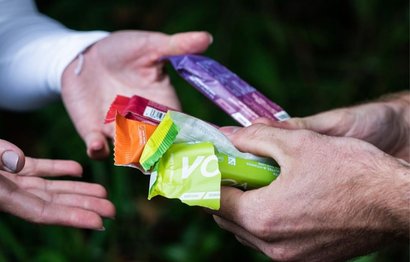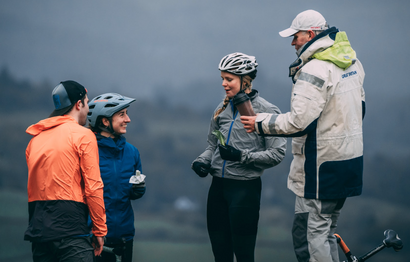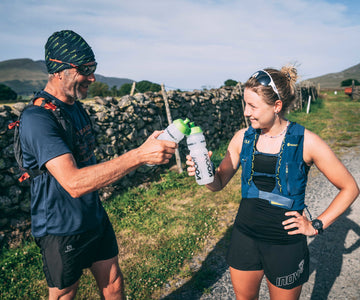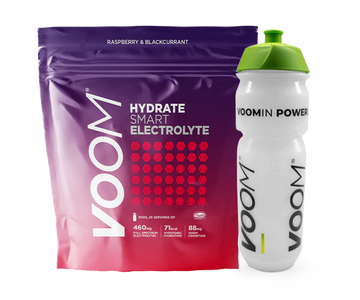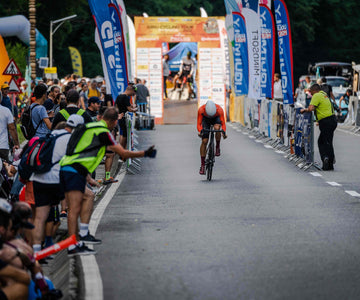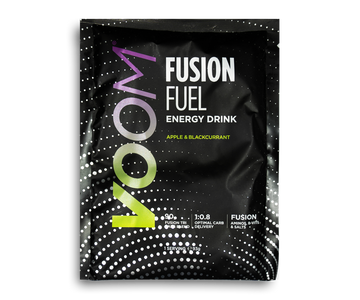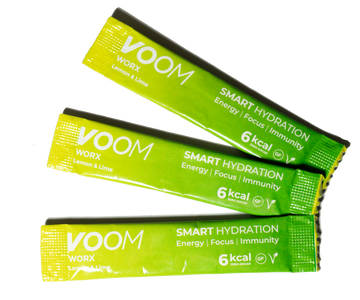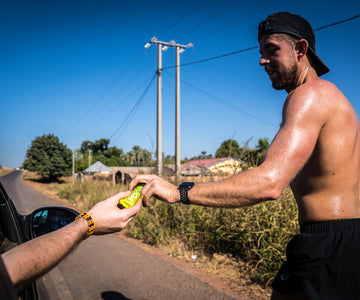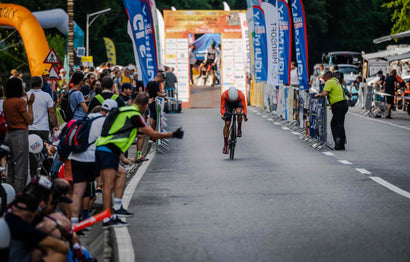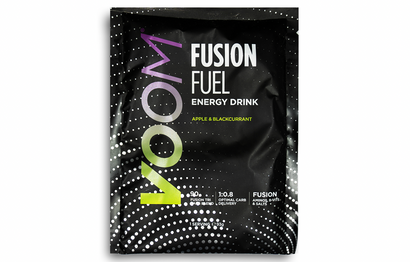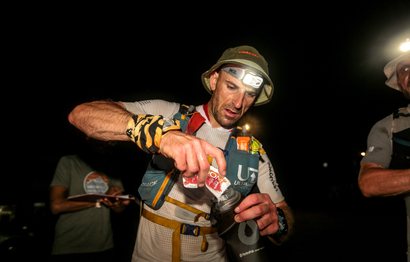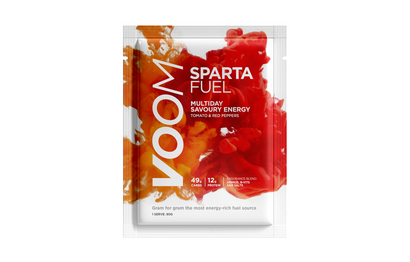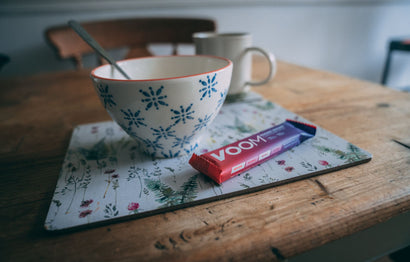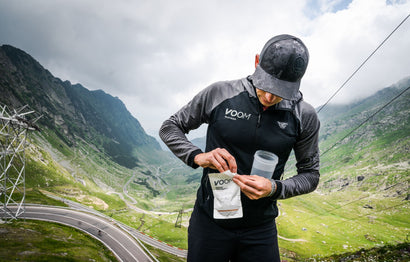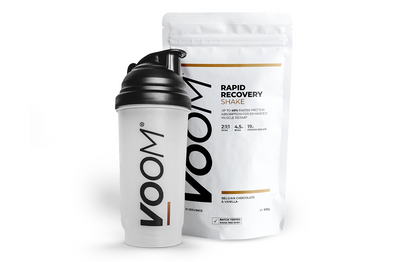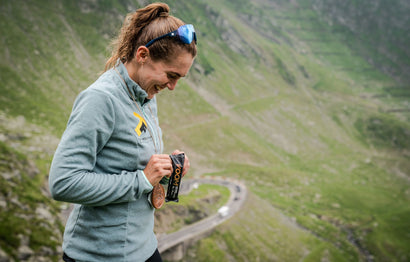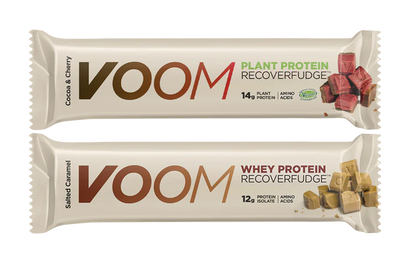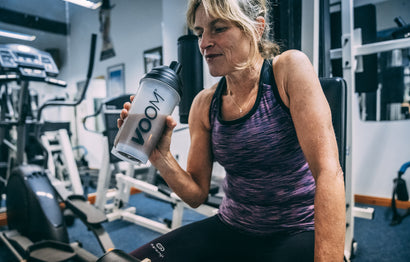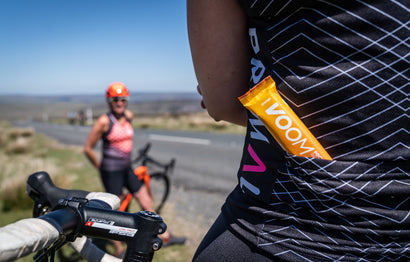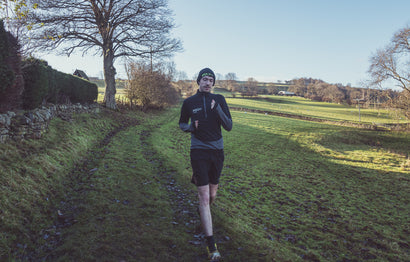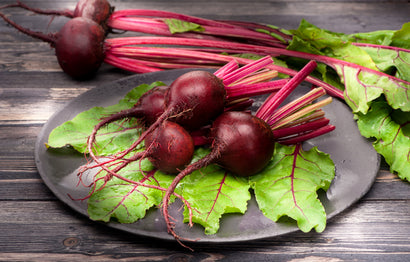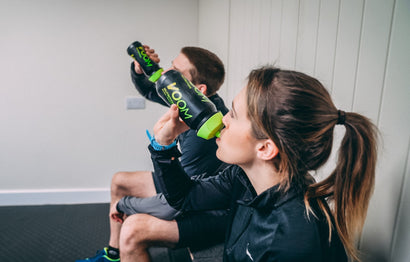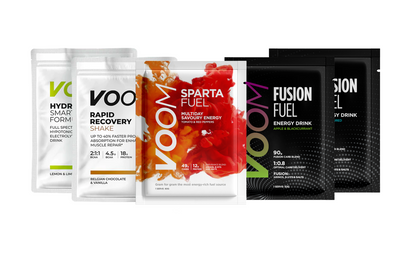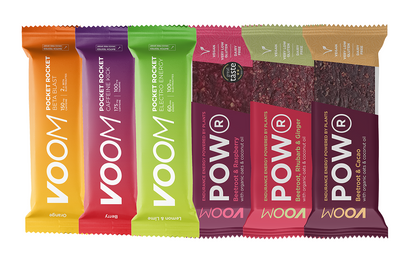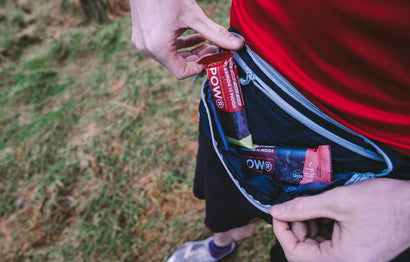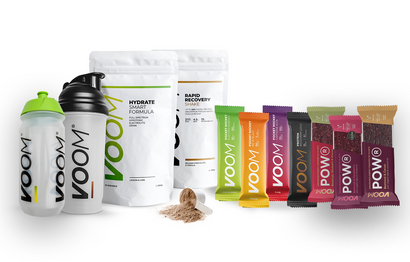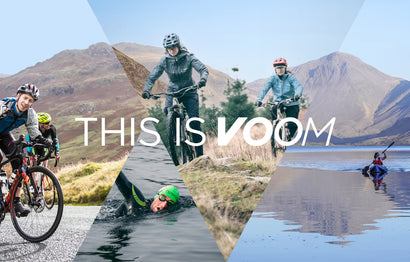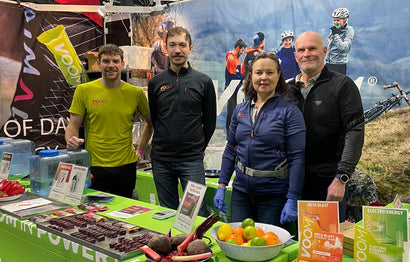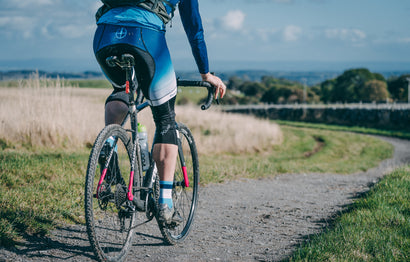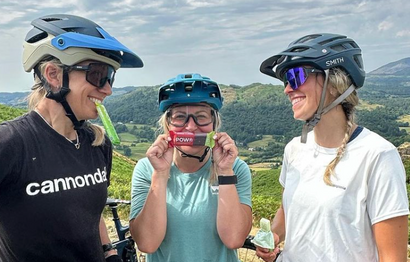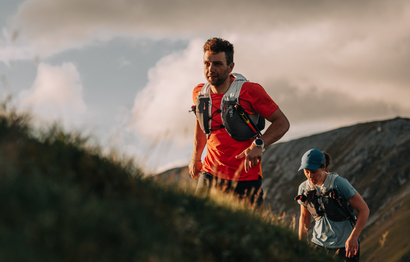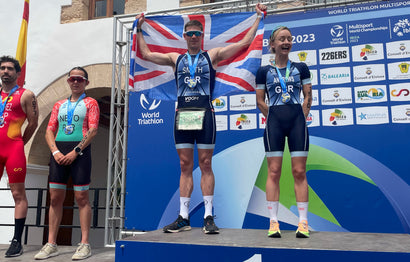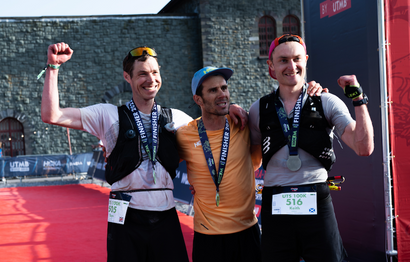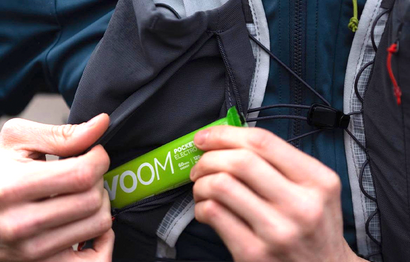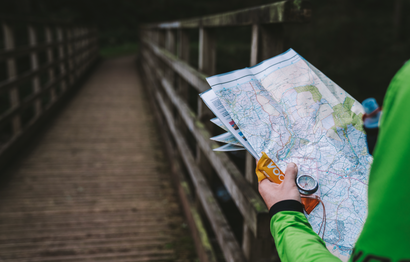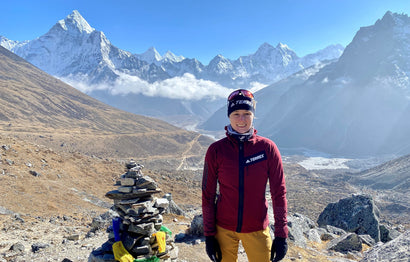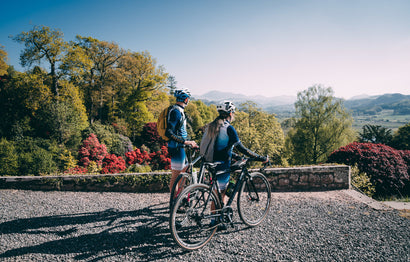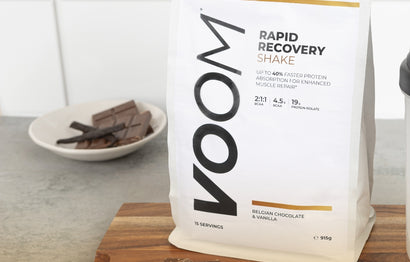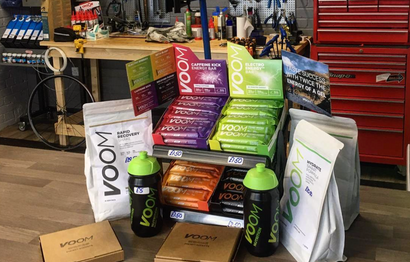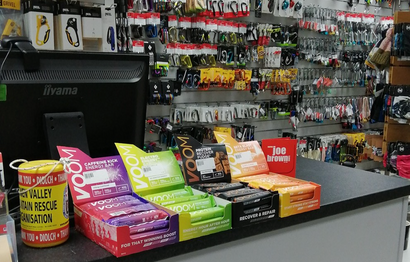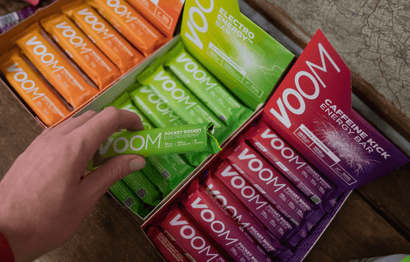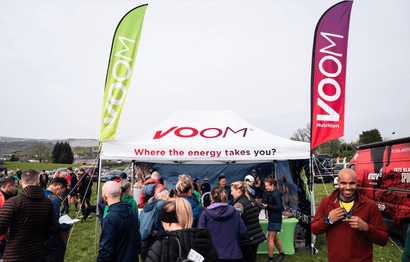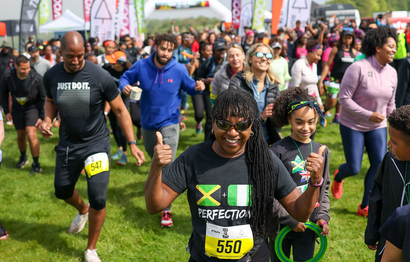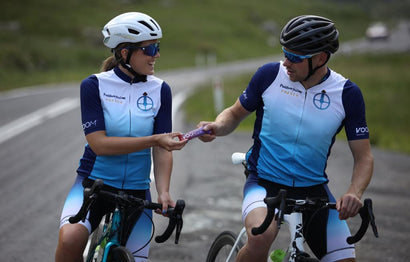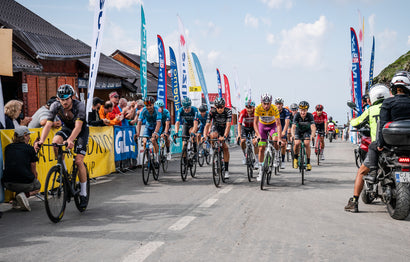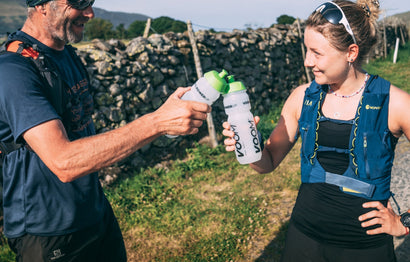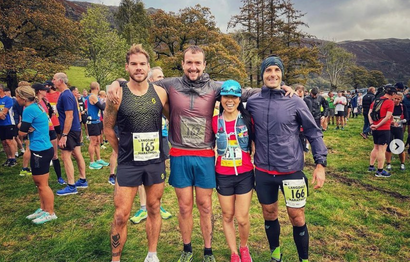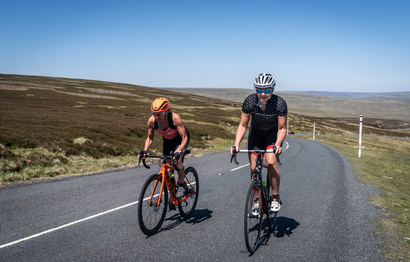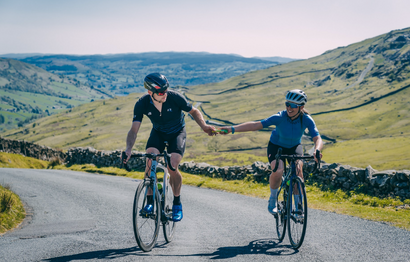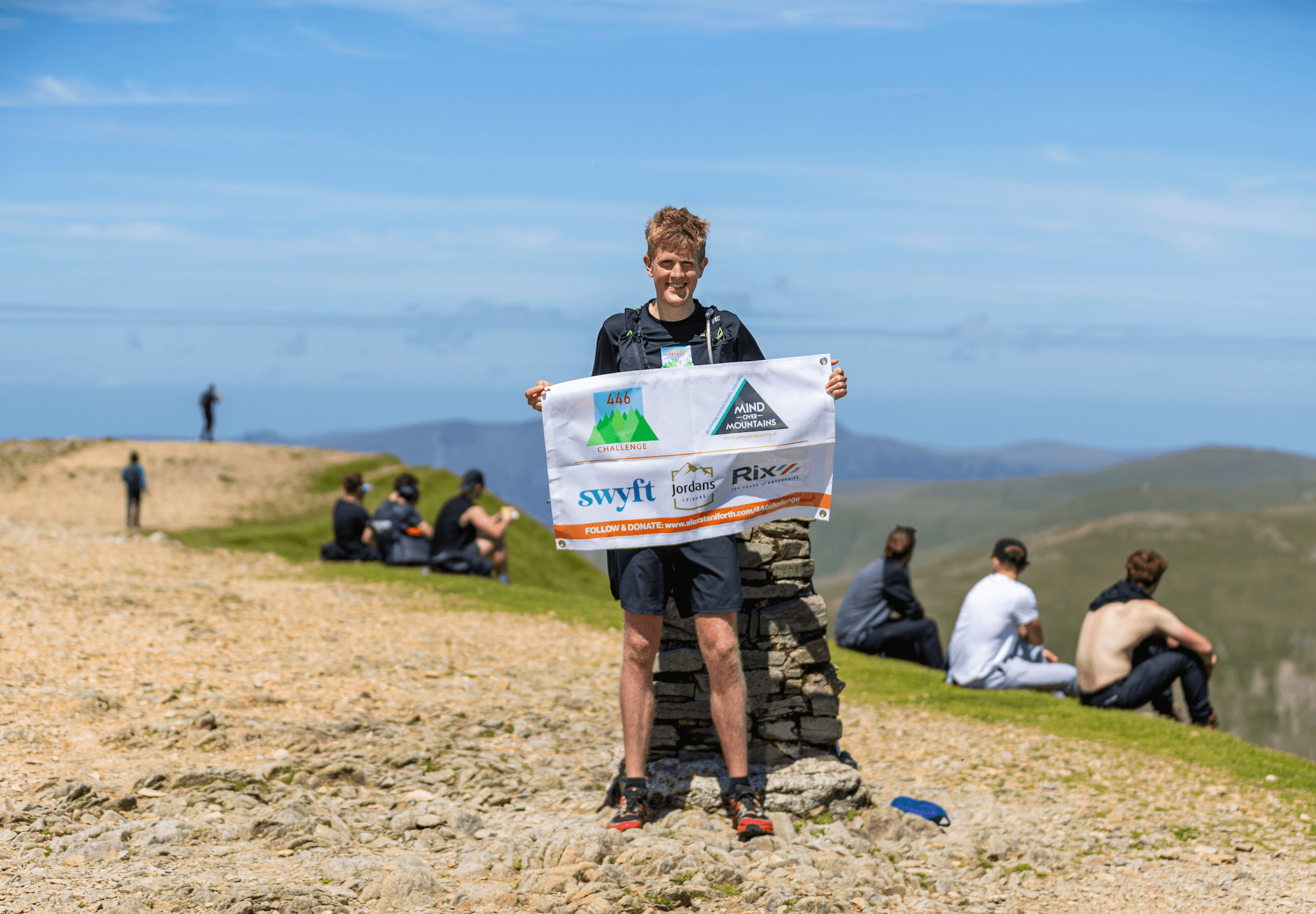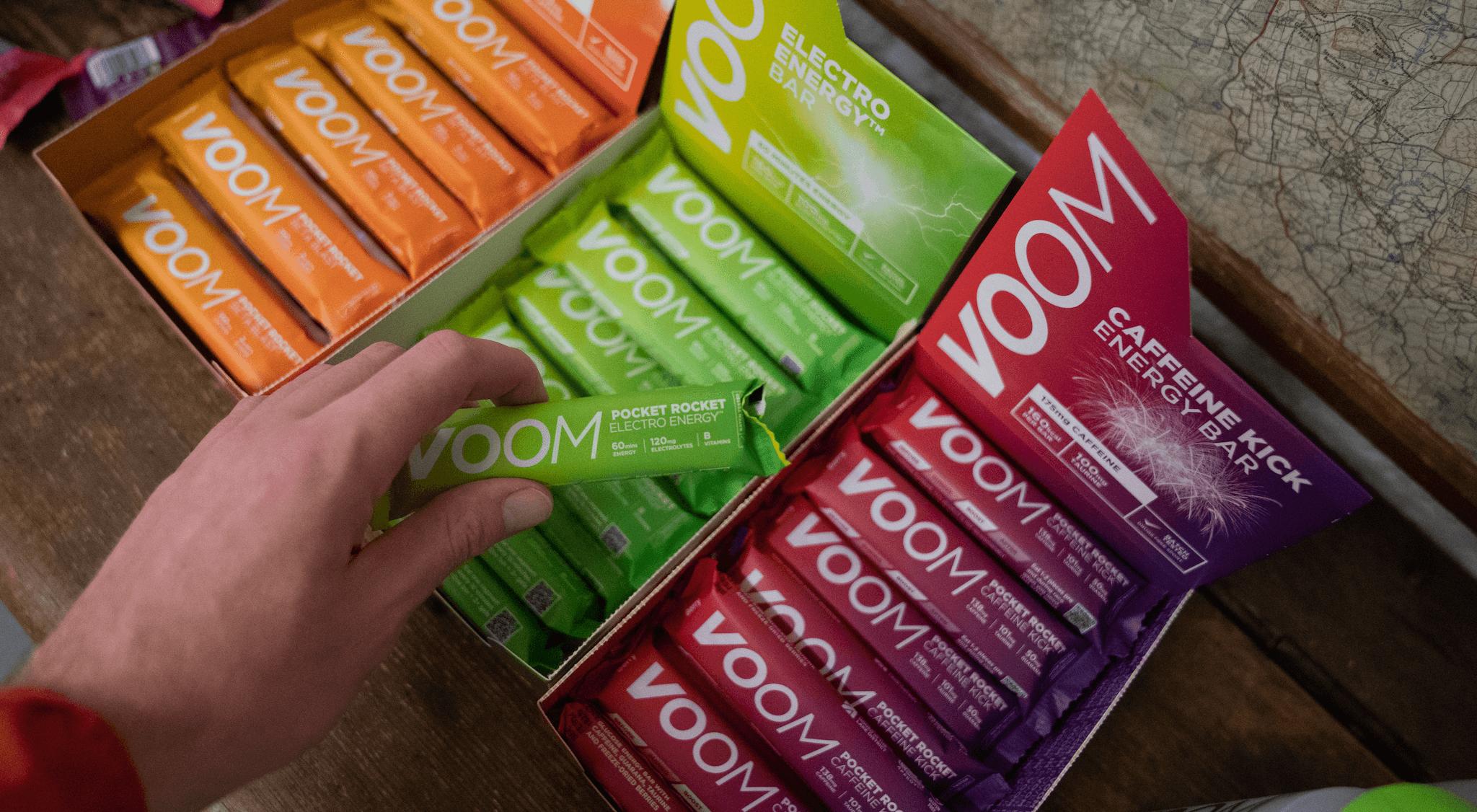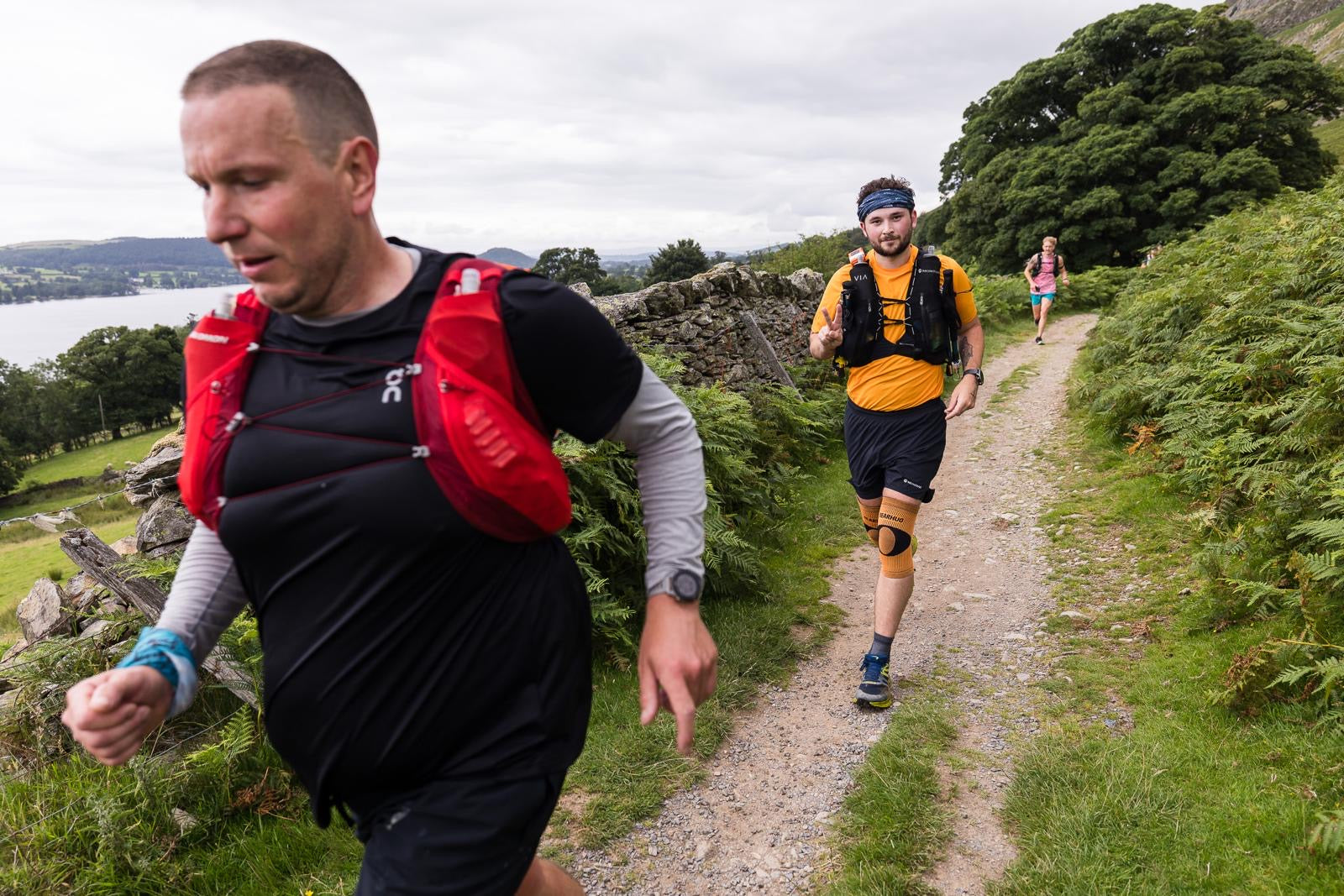Autumn is the perfect time to extend your cycling season and build a strong foundation for next year. The days are shorter, the weather is cooler, and the roads can get tricky—but with the right approach, you can keep riding consistently and enjoy every mile.
Whether you’re a newbie who only rode over summer or a seasoned cyclist looking to maintain fitness through the colder months, these tips will help you stay safe, comfortable, and motivated.
Clothing: Layer Up for Comfort

First, let’s talk kit. You’ve probably heard the term “there’s no bad weather, only bad clothing”. Keeping your feet warm is the most underrated hack as just cycling shoes won’t cut it on a cold and wet winter’s day (for me and my cold feet anyway!)
You’re going to want merino winter socks and a pair neoprene overshoes on top. Cycling shoes are designed to be breathable, but when it’s cold out and the roads are wet then overshoes will seal up the gaps to protect you from the elements.
Moving up to your legs, fleece lined leg warmers are a really versatile investment that you can pair with the bib shorts you already own for summer riding. While full length bib tights are nice to have on a particularly cold winter’s day, they can be expensive and may not get a lot of wear.
Leg warmers can also be removed and stashed away during the transitional season where it will be freezing cold first thing but quickly warms up once the sun comes out.

Another great piece of winter clothing is a waterproof cycling jacket for wind blocking and any unexpected showers. A lightweight cycling jacket folds up small enough to fit in the back pockets of your jersey (alongside a VOOM Pocket Rocket or two!) which is handy if you start to feel clammy on a climb or hard effort.
Pair with a merino base layer, fleece lined jersey and winter gloves for maximum warmth on your top half.
Your Bike and How You Ride It

One of the biggest barriers I faced when wanting to ride during winter as a newbie cyclist was safety, as winter riding comes with extra hazards to be mindful of. Breaking distance can double on slippery roads, and you can’t tell how deep potholes are when they become puddles.
You’ve also got soggy leaves, ice, and reduced visibility to factor in too. I generally ride slower and more cautiously through the winter months, often opting for cycle lanes and canal paths when available.
While definitely not necessary, I upgraded to a new bike with disk brakes this year and I noticed a huge difference when breaking in wet conditions. Whatever type of breaks you have, but especially if you have rim brakes, make sure they’re in good working condition as now is the time to replace any worn out pads.
It’s also recommended to slightly reduce your tyre pressure for more grip.
Indoor Training: When the Weather Won’t Cooperate
There will be days when you really can’t get out, like when it’s dark by 4pm or all those back to back weather warnings we had last year. This is where an indoor trainer becomes a great investment so you don’t even have to leave the house. It isn’t as fun as being outdoors on a cafe ride with friends but there are ways to make staring at the same four walls bearable thanks to modern technology.
When the boredom starts to get too much I’ll think about my dad who used to ride competitively back before the days of Zwift or Netflix. He only had a Walkman and whatever was on the TV at the time!

Indoor cycling is also a great opportunity to focus on structured interval training, as for me summer is all about social cycling. I’m definitely not the fastest (if you haven’t already caught on, I’m a long zone 2 cafe ride kind of girl…) so I’m actually looking forward to spending the next few months working on my speed to keep up with the boys next year. Having structure to your workout also helps the time go by, and can make shorter sessions feel more productive than just pedalling mindlessly.

So while lower mileage is inevitable through the winter months, unless you’re able to relocate somewhere warm and sunny, you don’t have to hang up the bike all together. Nothing beats layering up on a crisp, cold morning and taking a spin to get a warm cup of tea or coffee when you’re properly prepared for winter cycling.

